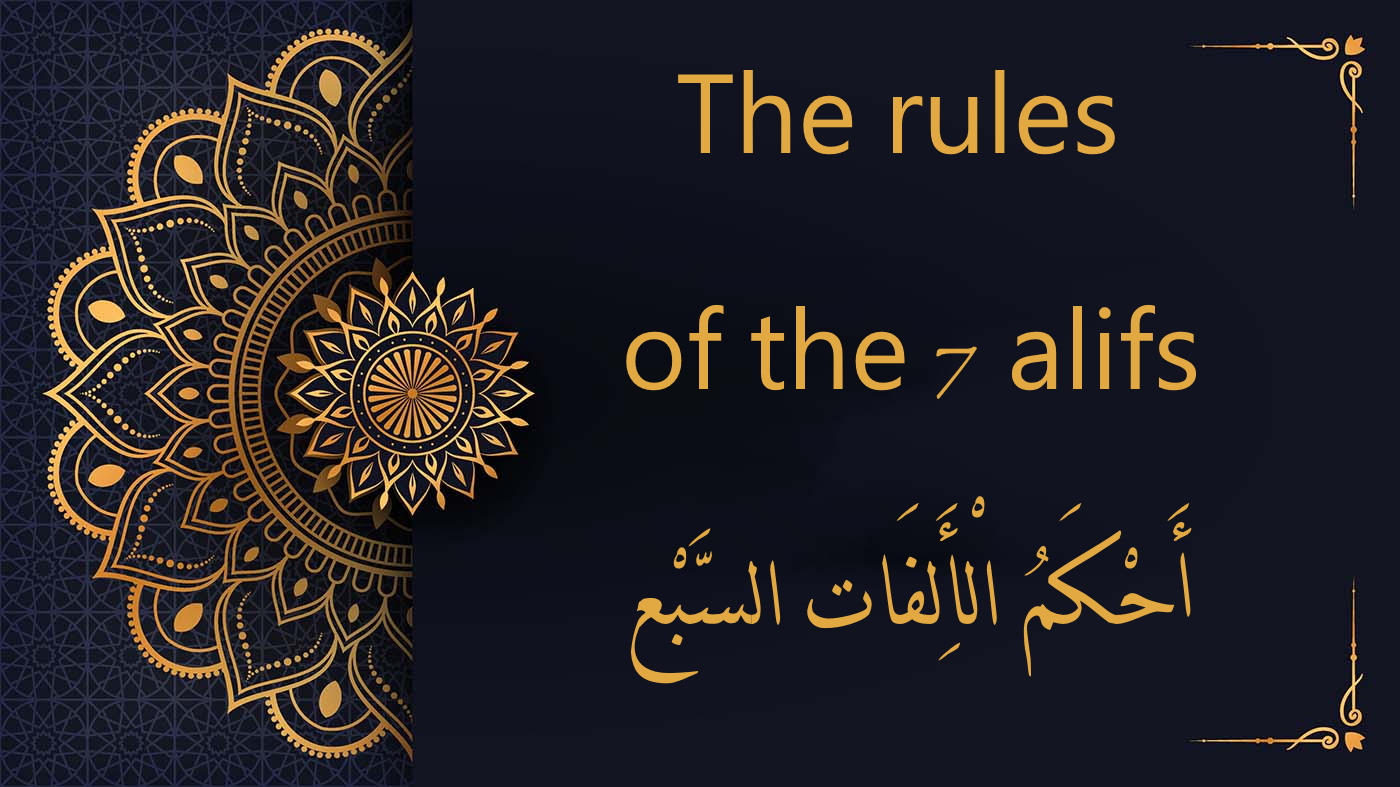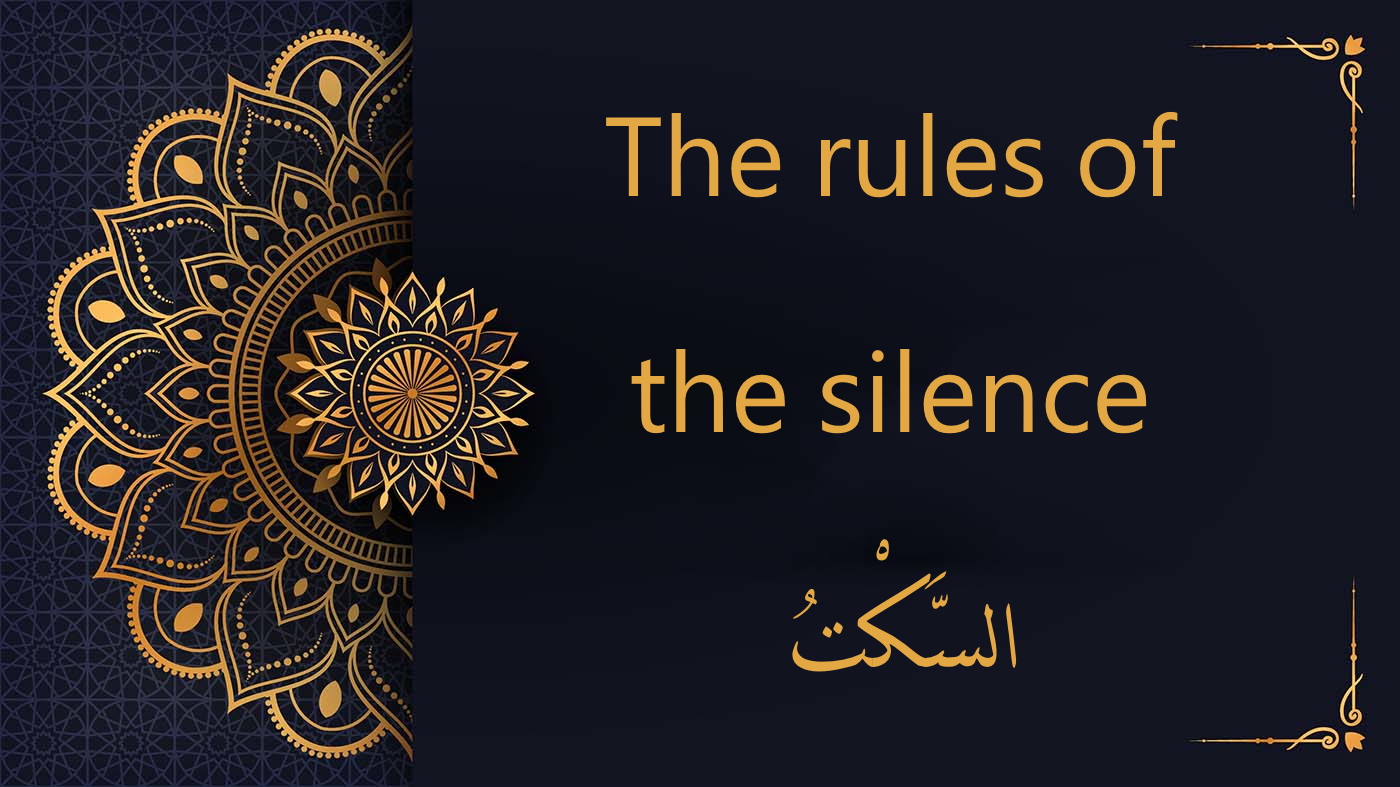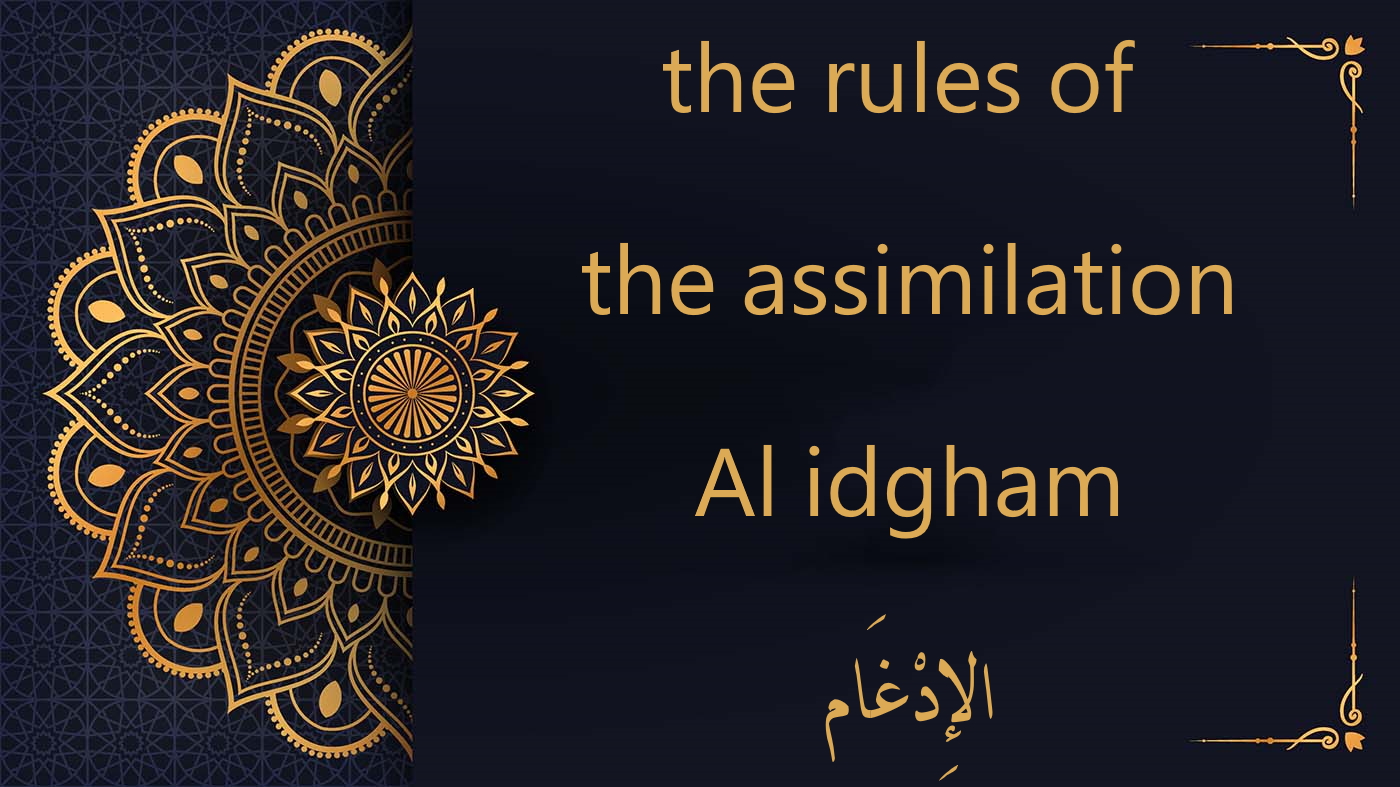How to Pronounce Idgham in Tajweed: Easy Tips for Beginners

How to Pronounce Idgham in Tajweed: Easy Tips for Beginners Tajweed is the set of rules for the correct pronunciation of Arabic letters during the recitation of the Quran. For many learners, especially beginners, Tajweed can seem daunting, but understanding and mastering the rules of pronunciation is essential to recite the Quran accurately and beautifully. […]
Learn Tajweed Online for Free with Al-Dirassa Academy

Learn Tajweed Online for Free with Al-Dirassa Academy What is Tajweed? The Art of Quran Recitation Tajweed is the set of rules for reciting the Quran perfectly. The word “Tajweed” comes from the Arabic term meaning “to make better.” It ensures that every word in the Quran is pronounced clearly and correctly, just as it […]
What is the meaning of Istiazah?

What is the meaning of Istiazah? What is the meaning of Istiazah? isti’adha is an Arabic term that holds significant spiritual and cultural importance in Islam. In Islamic tradition, it refers to seeking refuge or seeking protection from Allah, particularly from evil or harm. It involves acknowledging one’s vulnerability and reliance on the mercy and […]
What is nabr in tajweed – النَّبْرُ | Tajweed rules

Understanding Nabr in Tajweed: النَّبْرُ and its Rules Nabr in Tajweed refers to a subtle elevation of the voice and is identified in five distinct forms, particularly when accompanied by Madd al Lazeem (an elongation followed by a shedda). 1. Elongation with Madd al Lazeem Accompanied by a Shedda A subtle voice elevation occurs when […]
Exploring the 7 Varieties of ‘Alif’ in Tajweed Principles

Exploring the 7 Varieties of ‘Alif’ in Tajweed Principles In the intricate tapestry of Tajweed, specific rules govern the pronunciation of letters, enhancing the beauty and precision of Qur’anic recitation. One such rule pertains to the letter ‘alif’ – ا, which, although ubiquitous in the Holy Qur’an, has unique pronunciation characteristics when located at the […]
Understanding the Stops at إِلَّا and وَلَكِن | Free Tajweed Course

Mastering Tajweed: Understanding the Stops at إِلَّا and وَلَكِن In the intricate science of Tajweed, certain verses hold particular recitation rules that magnify the eloquence of the Qur’an. Notably, when a verse commences with إِلَّا or وَلَكِن, two Sunnah practices come into play, deeply interwoven with the preceding verse: As-Sunnah Fawaseel: This emphasizes the […]
Understanding Quranic Stop Signs with Illustrations | Free Tajweed Course

Understanding Quranic Stop Signs with Illustrations | Free Tajweed Course 1. Essential Quranic Stop Signs – الْوَقْفُ الَّازِم Stop that allows the sentence to be complete grammatically and in terms of meaning. This stop is called “perfect” because the speech is complete and independent of what is after it. He is represented in […]
Mastering the Art of Silence – السَّكْتُ | Free Tajweed Course

Mastering the Art of Silence – السَّكْتُ | Free Tajweed Course Silence, also known as ‘Sakt’ – السَّكْتُ, is a brief pause in Quranic recitation where one does not resume breathing to continue reading. This pause takes two distinct forms: Compulsory Silence: A pause that is obligatory and prescribed by the rules of Tajweed. […]
Commencing and Concluding Quranic Recitation | Free Tajweed Course

Commencing and Concluding Quranic Recitation in Tajweed Rules When engaging in the profound act of reading the Holy Quran, it’s essential to understand that one cannot simply pause at any moment. Therefore, it is crucial to acquaint oneself with the various forms of stops that guide this sacred practice. This aspect of Quranic reading […]
The assimilation of two letters | Free Tajweed Course

Tajweed rules of the Assimilation of Two letters Al Idgham In the rich tapestry of the Arabic language, the term ‘assimilation’ or ‘idgham’ metaphorically captures the essence of one entity merging seamlessly into another. Within the realm of Tajweed, this signifies the blend of the first letter into the subsequent one. It’s a harmonious […]

